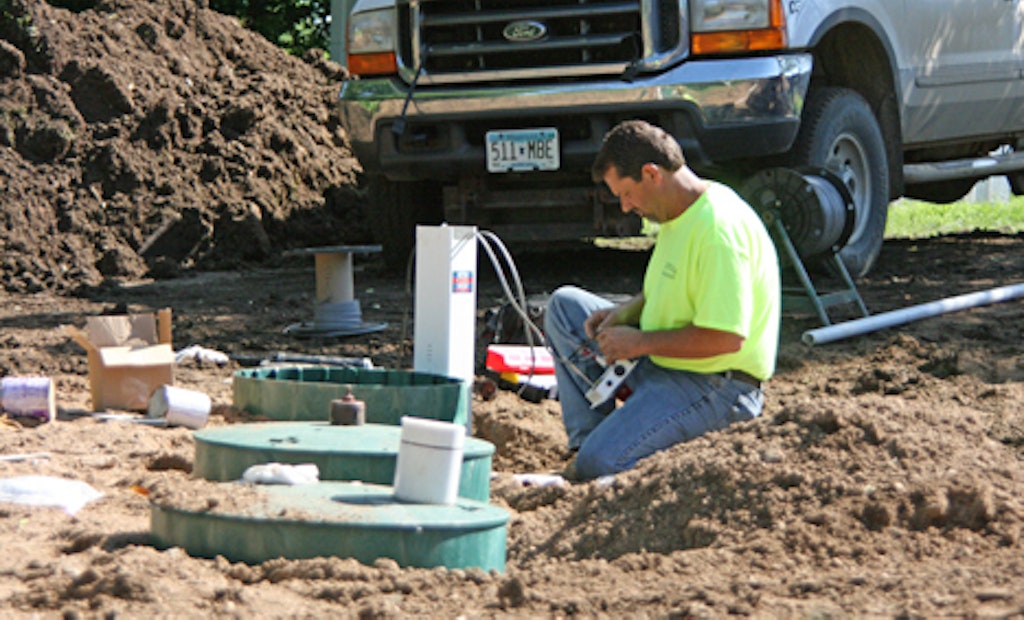
Interested in Trucks?
Get Trucks articles, news and videos right in your inbox! Sign up now.
Trucks + Get AlertsKeeping track of increasing — and more stringent — regulations for onsite septic installations and inspections and septic pumping can be difficult. Almost overwhelming. This applies not only to environmental regulations but also to policies that govern who can perform certain types of work.
“Regulations are always increasing,” says Sara Heger, Onsite Sewage Treatment Program and state extension specialist with the University of Minnesota Water Resources Center.
According to Heger, the fact that rules can and often do differ depending on state, county, and even municipality can make it incredibly challenging to stay on top of what is actually required within the geographical area of your business and its operations. Here’s some advice to better manage those challenges.
Play by the rules
John Thomas, executive director of the Washington On-Site Sewage Association, provides an example of conflicting requirements. If someone wanted to start up an installation company in one local health jurisdiction (LHJ), a minimum of 40 contact hours of relevant education would be required along with a liability insurance minimum of $250,000. Right next door in an adjacent LHJ, the insurance minimum is 1 million, but only 8 contact hours of relevant education are necessary.
In any discussion of wastewater treatment and protection of the public and environment, a higher level of regulation is often viewed as better, says Thomas, but the challenge of all bureaucracy is the inability to address local needs. “Like many regulations it starts to break down in application, resulting in unintended consequences when put into practice at the local level,” he says.
Because LHJ’s operate independently, there is often inconsistency in the requirements put on these industry segments that causes both delays and additional expense to the small business owner, Thomas says. “It is often amplified by new startup companies pushing up a steep learning curve to get organized in one jurisdiction, only to discover they must do it for each jurisdiction they wish to provide services in,” he adds.
Share a hat
While there’s no simple solution to this ongoing industry challenge, Heger says it makes sense to get involved in the regulatory process or at least be a part of an association that represents your interests as regulations change and evolve.
In addition, rather than trying to wear too many hats yourself, consider alternatives that rely on the expertise of others. Businesses in a position to grow might hire more employees with areas of specialty currently lacking within the company. Subcontracting can be another useful route. “I know a lot of people have relationships with other companies so they don’t actually have to do everything or know everything,” Heger explains.
Policies and procedures, rules and regulations — call them what you will, but one thing’s for sure: they’re a very real concern for any small business operating within the wastewater treatment industry.
“When you’re bidding on a job, you have to know what you’re bidding to,” Heger says. “You have to make sure you’re meeting or exceeding those requirements.”





